TLDR
The cost to install a septic tank in Louisiana typically ranges from $3,000 to $10,000. On average, homeowners spend about $6,000, with prices influenced by tank size, soil conditions, system type, permits, and labor costs.
Direct Answer: Septic Tank Installation Cost Louisiana
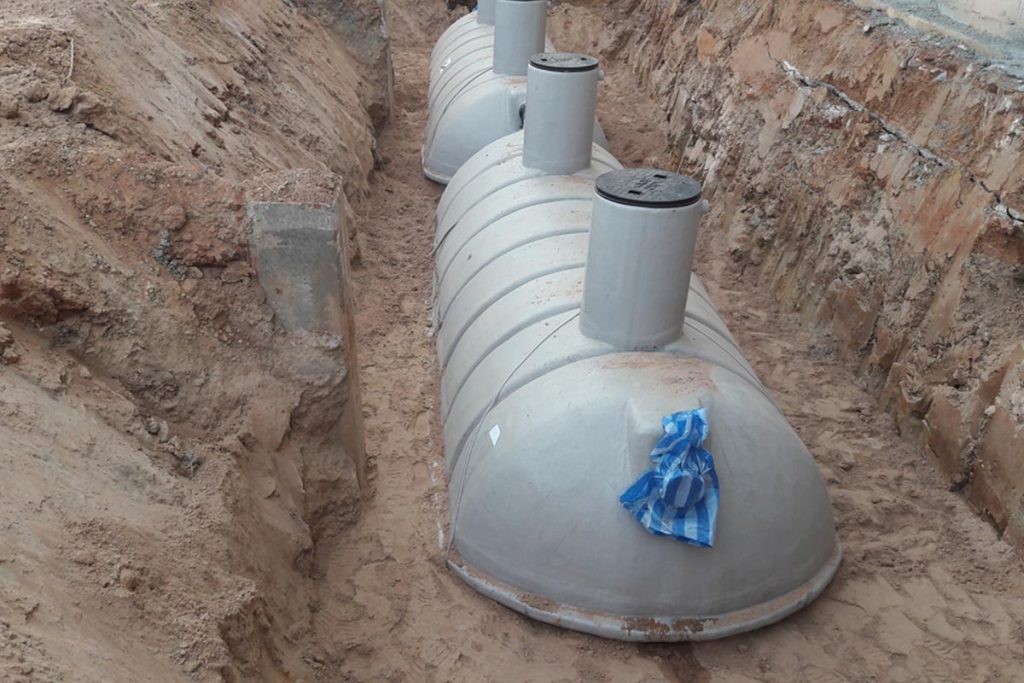
In Louisiana, the cost to install a septic tank generally falls between $3,000 and $10,000 in 2025. The average statewide price is close to $6,000, but factors like soil tests, tank size, and parish-specific permits will influence your final bill. Sewer Solutions has seen projects in Denham Springs start as low as $1,272, while larger or more complex systems in places like St. John Parish can reach $9,380 or more. Beyond cost, many homeowners also ask about the installation time for septic tanks, which can vary depending on soil conditions and labor availability.
Septic System Installation Cost Factors in Louisiana
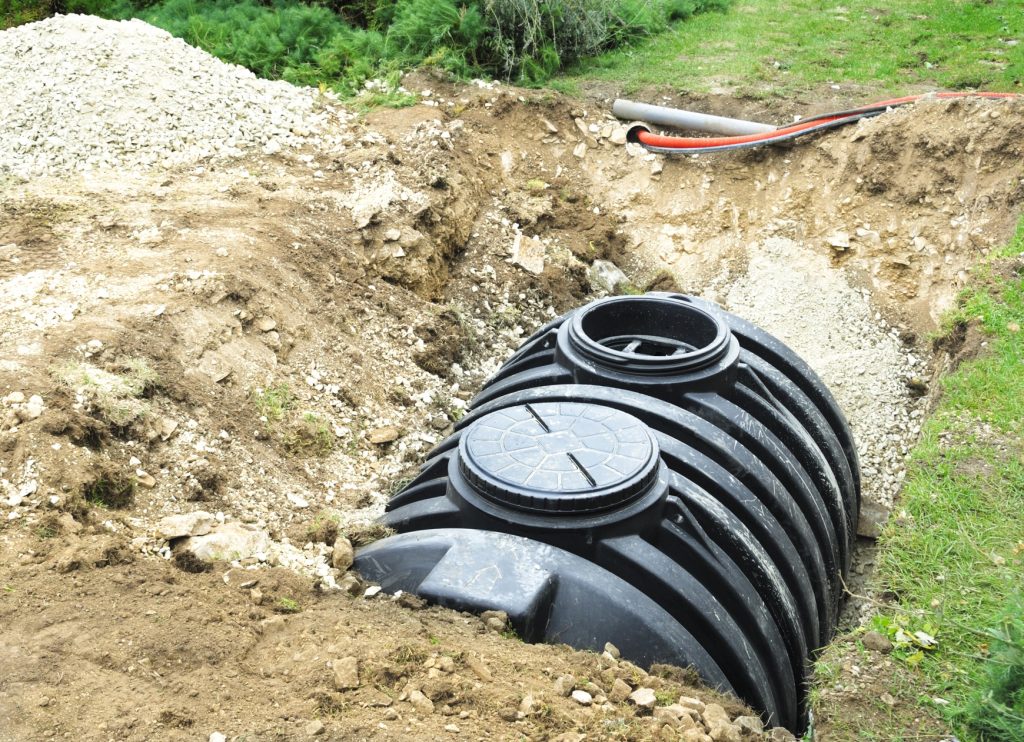
Several factors determine the final price of a septic system:
- Tank size and type
- System design (aerobic vs anaerobic)
- Drain field size and complexity
- Labor and excavation costs
- Permit and soil testing fees
- Additional components like risers, pumps, alarms
Septic Tank Size Cost
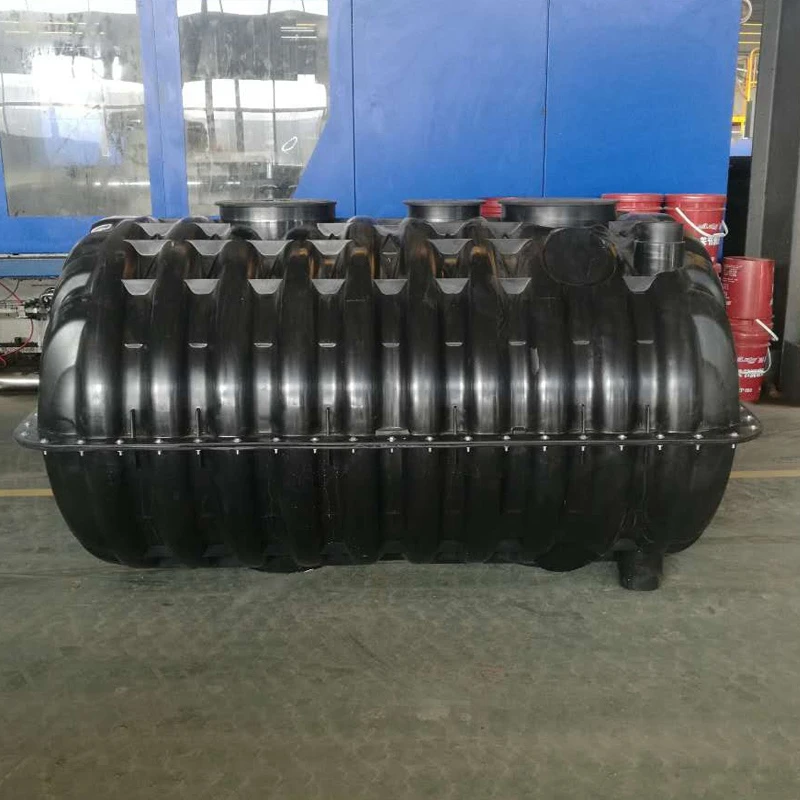
Tank size directly impacts installation cost. Larger homes with more bedrooms require larger tanks.
- 500-gallon tank: $1,200 to $3,000
- 750-gallon tank: $2,000 to $4,000
- 1,000-gallon tank: $3,000 to $6,000
- 1,250-gallon tank: $4,000 to $7,500
- 1,500-gallon tank: $5,000 to $10,000
In Louisiana, most homes use a 1,000-gallon tank, averaging around $5,000 installed.
System Type and Installation Price
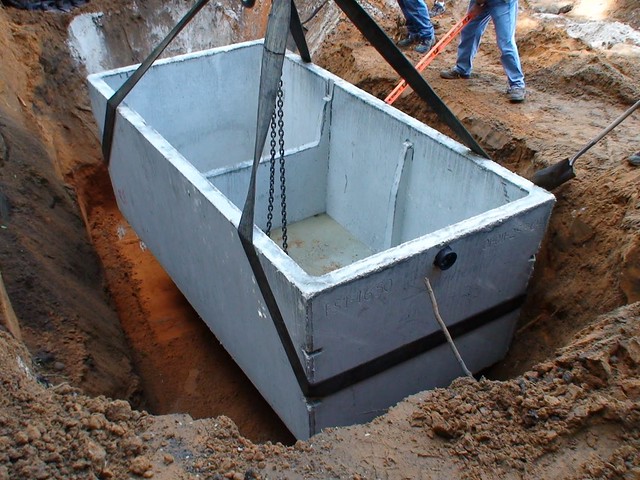
Different systems carry different costs.
- Anaerobic systems: Lower cost, $3,000 to $7,000.
- Aerobic systems: More advanced, $7,000 to $15,000.
- Mound or sand filter systems: Often required in high water table areas, $10,000 to $20,000.
Sewer Solutions installs both anaerobic and aerobic systems, with recommendations based on soil suitability and local parish rules.
Labor Cost Septic Installation in Louisiana
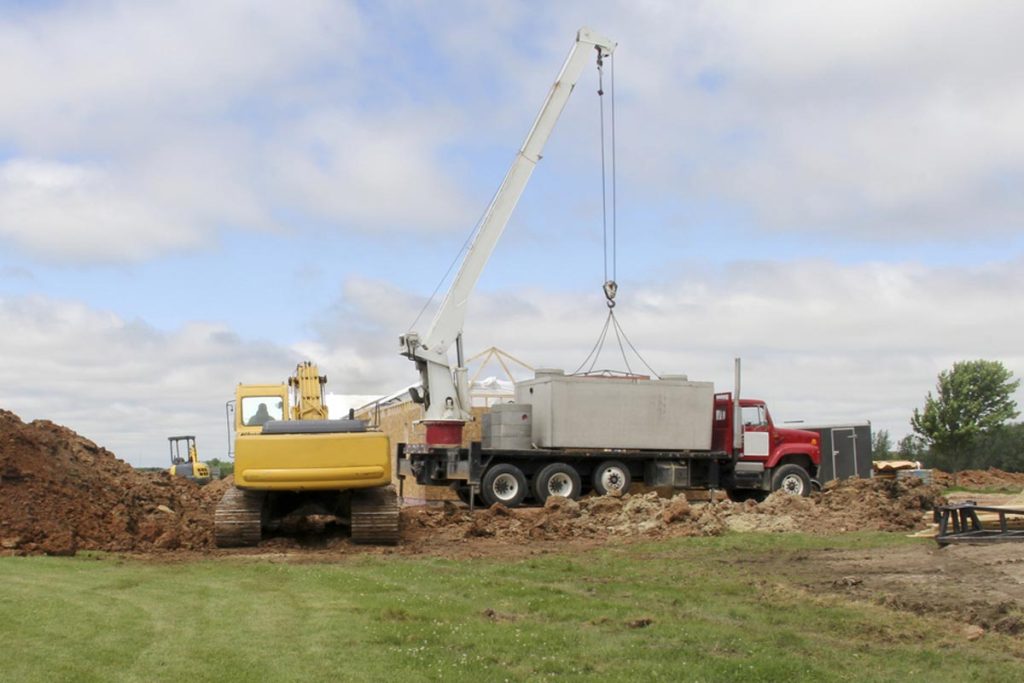
Louisiana labor rates affect overall cost.
- Excavation and site prep: $1,000 to $4,000
- Installation crew labor: $1,500 to $3,500
- Total labor often accounts for 30% to 40% of the project cost
Urban areas with higher wages like Baton Rouge may push costs up compared to rural parishes.
Permit Costs Septic Louisiana
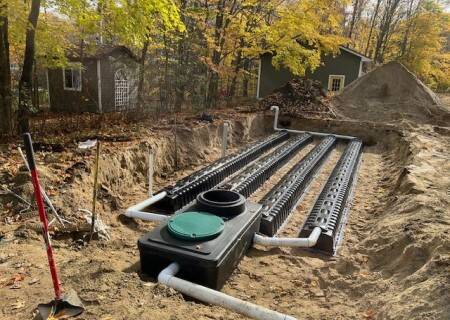
Local permits are mandatory and vary by parish.
- Basic installation permit: $300 to $600
- Soil percolation test: $150 to $500
- Engineering review if required: $800 to $1,200
For example, Madison Parish tends to have lower permitting costs, while urban parishes may be stricter with testing and documentation.
Soil Testing and Engineering Fees
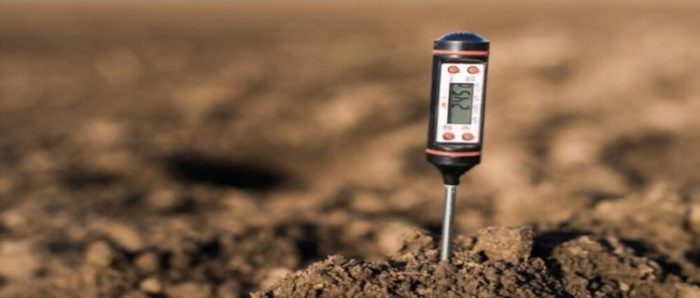
Louisiana’s varied soil makes testing crucial.
- Percolation test: $150 to $500
- Soil suitability survey: $500 to $1,000
- Engineering design fees: $800 to $2,000
High-clay soil or high water tables in areas near the Mississippi River can increase costs because they may require specialized systems.
Drain Field and Leach Field Costs
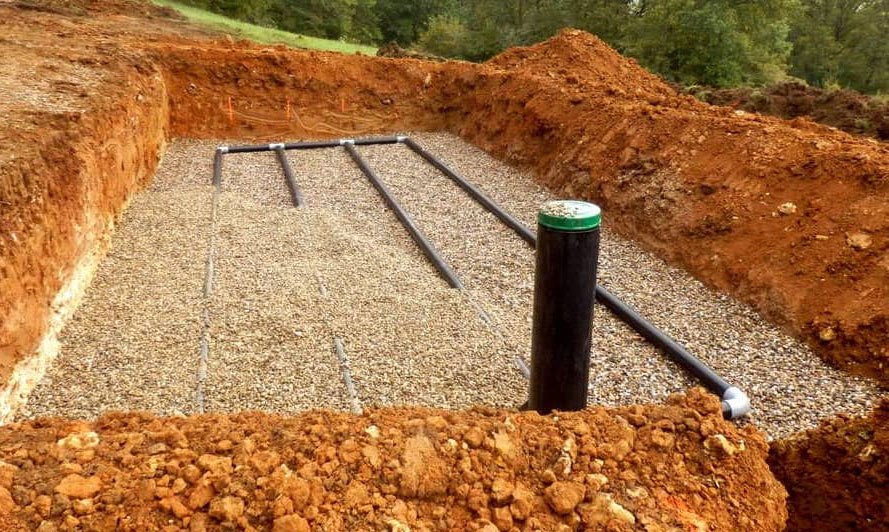
A drain field is a major cost component.
- Standard drain field: $2,000 to $8,000
- Alternative fields for poor soil: $8,000 to $15,000
- Replacement of failing fields: $4,000 to $12,000
Sewer Solutions often finds that rural properties have more space for standard fields, while tighter suburban lots sometimes need advanced designs.
Additional Installation Costs
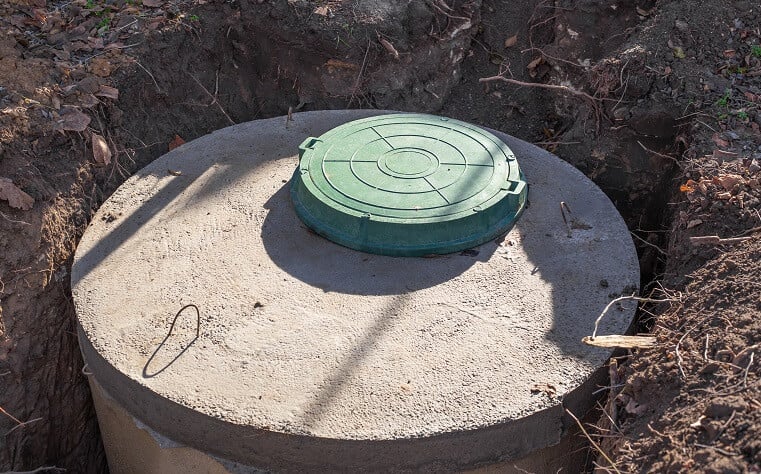
Beyond the tank itself, add-on components drive costs higher.
- Septic pump: $500 to $1,200
- Tank risers and lids: $150 to $600
- Alarm systems: $250 to $750
- Landscaping restoration: $500 to $2,000
Step-by-Step Cost Estimation for Homeowners
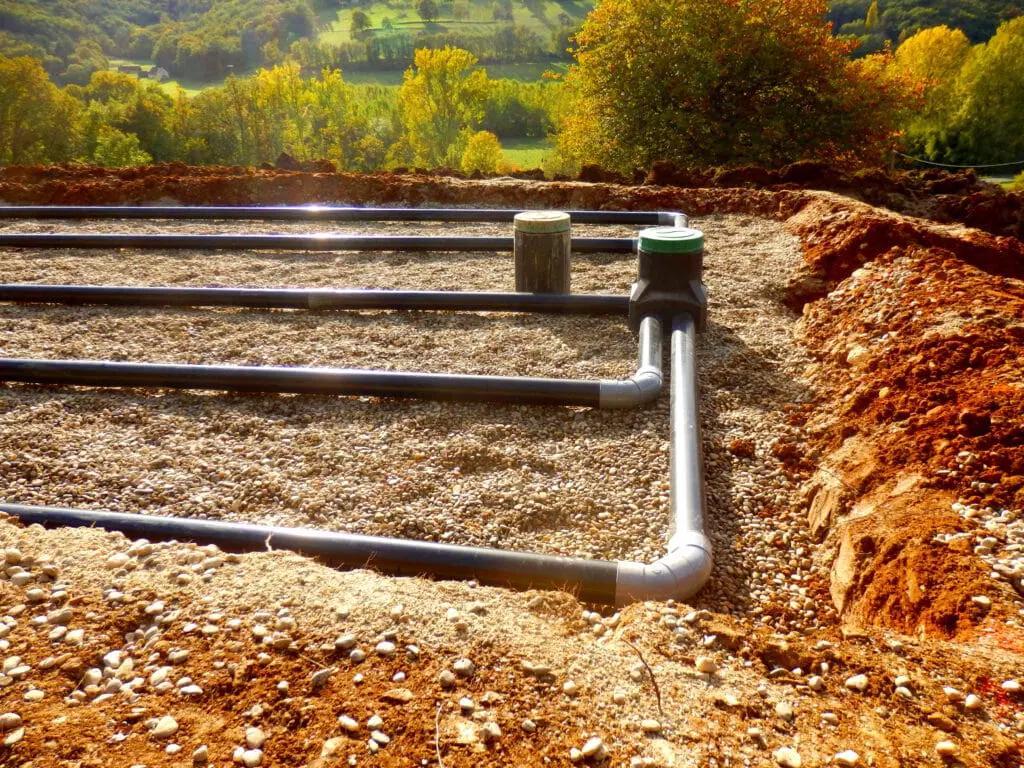
- Determine your needs
- Bedrooms and bathrooms decide tank size.
- Soil condition decides system type.
- Bedrooms and bathrooms decide tank size.
- Get local quotes
- Compare at least three licensed installers.
- Ask about both upfront and hidden costs.
- Compare at least three licensed installers.
- Factor in permits and tests
- Include parish-specific fees in your budget.
- Include parish-specific fees in your budget.
- Plan for maintenance
- Pumping every 3 to 5 years costs $250 to $500.
- Routine inspections cost $100 to $300.
- Pumping every 3 to 5 years costs $250 to $500.
How to Save Money on Septic Tank Installation in Louisiana
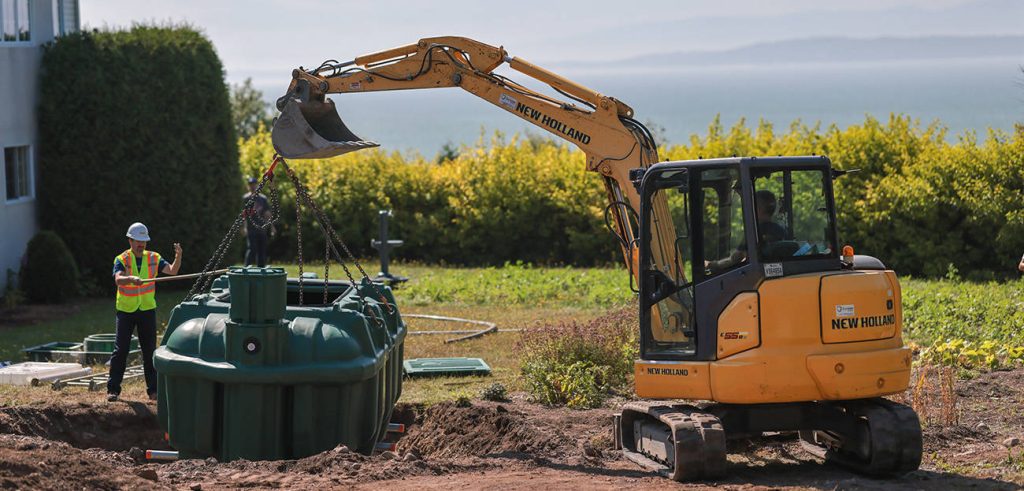
- Clear site yourself before installation.
- Request multiple bids to find fair pricing.
- Choose system type based on long-term needs.
- Ask about parish or state financing programs.
Septic System Maintenance and Lifespan in Louisiana
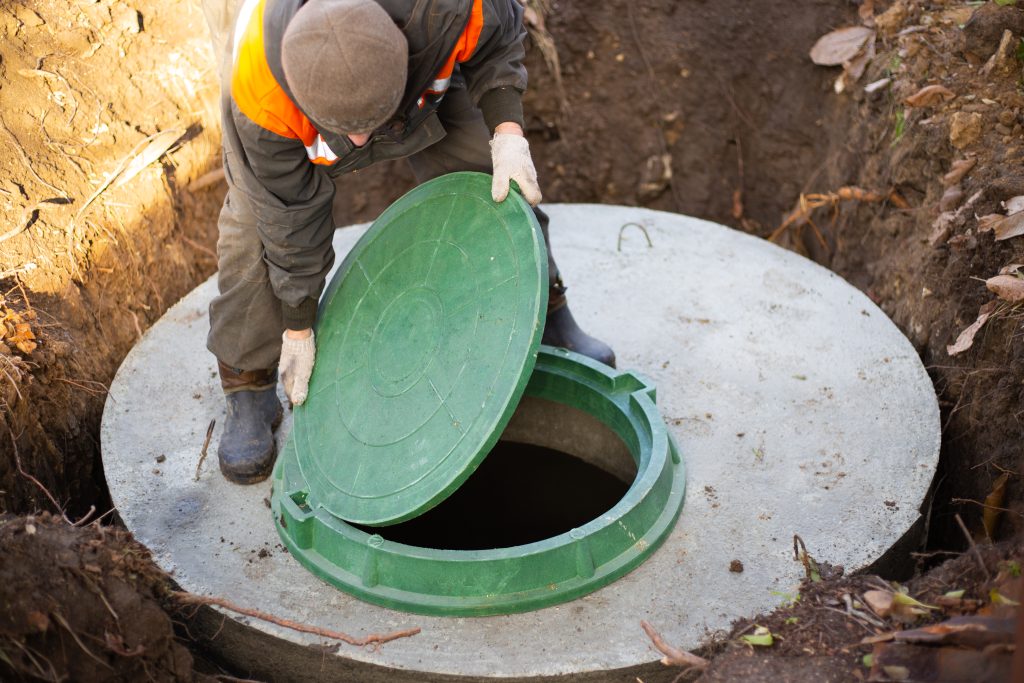
- Pump every 3 to 5 years: $250 to $500
- Inspect every 1 to 2 years: $100 to $300
- Tank lifespan: 20 to 40 years for concrete, 15 to 25 years for plastic or fiberglass
- Signs of trouble: foul odors, slow drains, standing water near the field
Homeowners who commit to regular septic care not only extend the life of their system but also avoid costly emergency repairs. Consistent pumping, inspections, and attention to warning signs ensure that your septic tank performs efficiently for decades.
FAQ: Your Septic Tank Cost Questions Answered
How much does a 1,000-gallon septic tank cost in Louisiana?
Around $3,000 to $6,000 installed, depending on soil and labor.
Is an aerobic system worth the cost?
Yes, in areas with poor soil or high water tables, though the cost is higher.
Do I need a percolation test in Madison Parish?
Yes, all Louisiana parishes require soil testing before approval.
Why are costs lower in Louisiana compared to national averages?
Local labor rates are often lower, and many rural properties have ample land for standard drain fields.
How often should a septic tank be pumped in Louisiana?
Every 3 to 5 years depending on household size and water use.
Expert Insights from Sewer Solutions
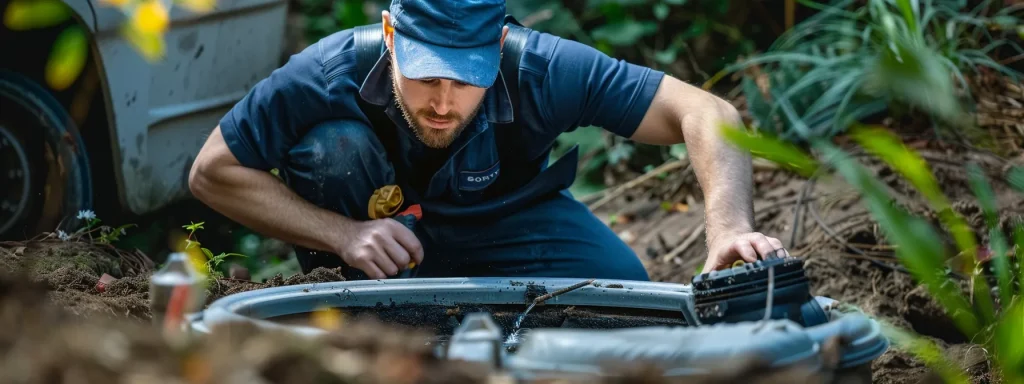
Sewer Solutions has installed septic systems across Louisiana for years. We see firsthand how factors like soil quality in Madison Parish or labor availability in Baton Rouge shift prices. While the average is around $6,000, costs vary widely based on your property. Always get a detailed estimate that includes permits, labor, and long-term maintenance planning.